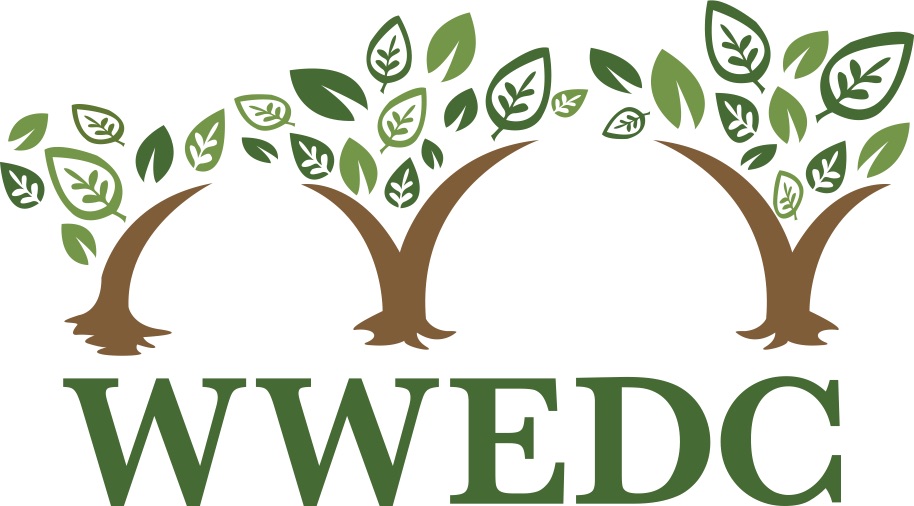Blog Post by Mar Ratanadawong McM | BScH, Wellness Educator and Science Communicator
Autumn is a season of reflection, a time for us to look back on the year thus far and determine what has and has not worked for us in terms of self-care and recovery. It is a time to release that which does not serve us and open our hearts to new ways of doing.
The transition from summer to autumn brings many welcome changes to the world around us—crisp and cool air, bright crunchy leaves, and shorter days ahead. These seasonal changes bring all sorts of new sights and scenes for us to enjoy, but sometimes this shift in the environment brings about an increase in stressors for those navigating recovery from an eating disorder or disordered eating behaviours.
The recovery process involves much thoughtfulness and planning, but that doesn’t mean you’re not allowed to live in the moment! Being present and grounding oneself is a great way to check-in on your mood, and the sensations in and around your body.
One great method of bringing your attention back to the present is to take a few intentional, slow, and deep breaths. Try to expand your lungs fully by opening your chest and relaxing your shoulders. Once you’ve found your breath, another great method for tuning into the world around us is the 54321 technique1.
First, acknowledge five things you can see in your surroundings. Describe them. What colours do you see? What shapes?
Second, acknowledge four things you can touch around you. Is the object soft? Hard? What about its texture? How does it feel in your hand?
Third, acknowledge three things you can hear. Focus on things outside of your body. Is there a dog barking in the distance? Can you hear the breeze blowing by?
Fourth, acknowledge two things you can smell. Describe it. Do you enjoy the scent? What sort of profile does it give off?
Finally, acknowledge one thing you can taste. What does the inside of your mouth taste like? Minty fresh? Coffee breath?
Whenever you’re feeling overwhelmed, it’s important to recognize that this feeling is temporary, and that it is possible to learn practical skills to quell your anxieties.
By checking in with our surroundings, we are able to ground ourselves and sooth what may be anxious or overwhelming thoughts. Living in the moment allows us to experience the beauty of the world around us in a fashion free of the judgement that often comes with comparisons of our pasts, and concerns for our futures.
What are some ways you’re looking forward to healing your body and mind this season? Write it down! Tell your dog! Share your joys and excitement with a close pal! Involving your community in your practices allows for both the experience of mutual joy, as well as accountability for activities that make you and your body happy.
Wishing you all a healing season of reflection.
References
1. Smith, S. (n.d.). 5-4-3-2-1 coping technique for anxiety. BHP Blog - Behavioral Health Partners (BHP) - University of Rochester Medical Center. Retrieved October 11, 2022, from https://www.urmc.rochester.edu/behavioral-health-partners/bhp-blog/april-2018/5-4-3-2-1-coping-technique-for-anxiety.aspx

